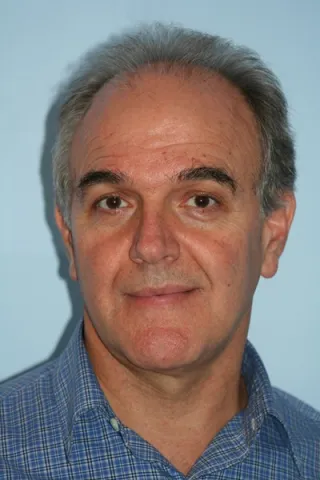About the project
High power fibre lasers (HPFLs), developed first at the University of Southampton, have advanced beyond recognition. Output powers have increased by more than 4 orders of magnitude in the past two decades, reaching 10kW in a single beam. They are widely used in the most advanced production lines for cutting, welding, 3D printing and marking of a myriad of materials from glass to steel. However, we are now close to the maximum power that can be produced by a single fibre laser.
To continue increasing the power, new solutions must be found. Just as modern computers contain large numbers of processor cores rather than a single high-speed core, the future for HPFLs is in the combination of multiple fibre lasers.
The successful combination of large numbers of fibre lasers would transform manufacturing. Such a breakthrough could enable control of all light properties, such as:
- wavelength
- polarization
- intensity
- phase
This would enable us to create dynamically reconfigurable structured light that changes “on the fly” depending on the specific application. Such a digital fibre laser would not only make the UK a more prosperous nation, but also allow us to:
- protect against malevolent drones
- build the next generation of efficient and compact particle accelerators
- clean-up space debris
- treat nuclear waste
All-in-all make the world a better, cleaner, greener, and safer place.
The University of Southampton has recently been awarded £6million to solve the challenges associated with the creation of the digital fibre laser, and you will be part of this team effort.
You will be focussed on fundamental theoretical research with the objective of understanding the underlying optical nonlinear effects, such as transverse mode instability (TMI) and stimulated Brillouin scattering (SBS), which currently severely limit the power scaling and stability of narrow-linewidth fibre amplifiers. The root cause of TMI in high power fibres is currently unexplained, along with its interplay with acoustic waves and the effect on phase noise.
As the capabilities of your simulations develop, you will then experimentally demonstrate a multi-kw fibre laser amplifier with zero TMI and SBS. You will be developing a wide range of modelling and analytical skills, for solving real-world physical challenges, with clear benefits to a career in theoretical modelling in academia or industry. Your simulations will also be used to direct important experimental work associated with the general development of the digital fibre laser.
